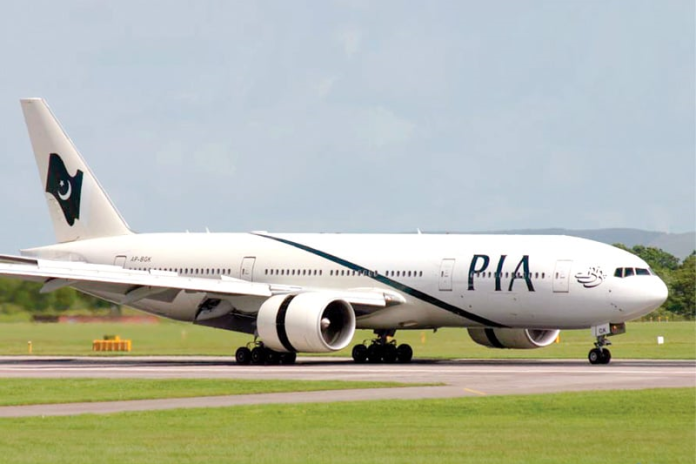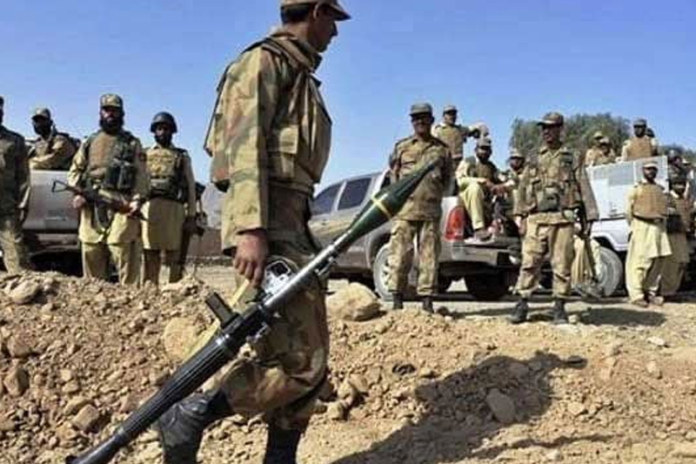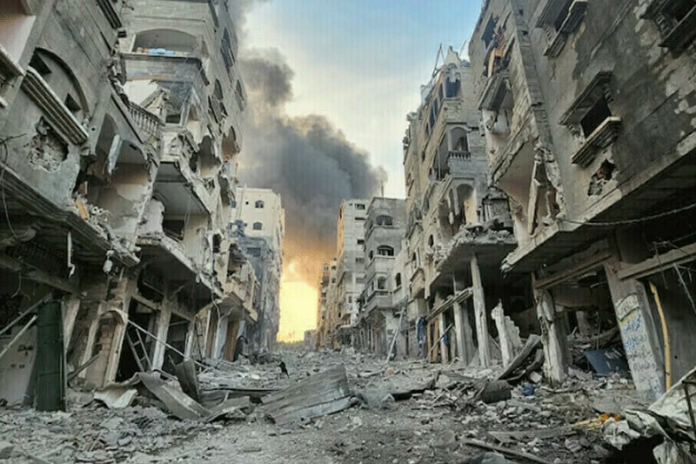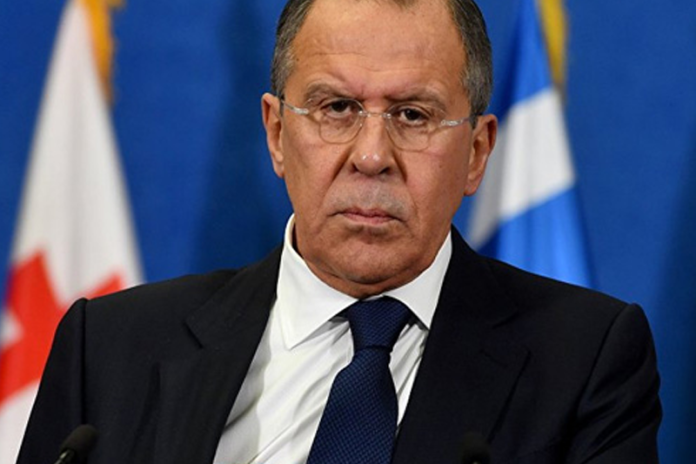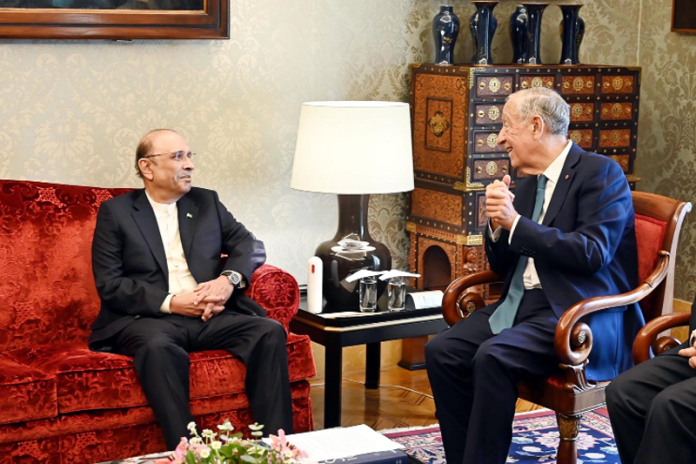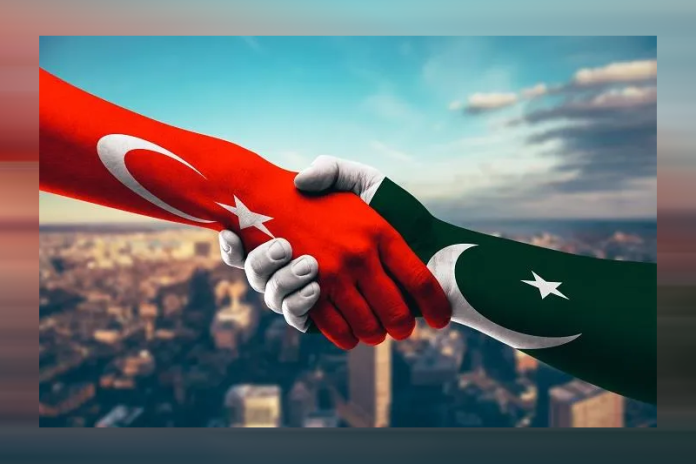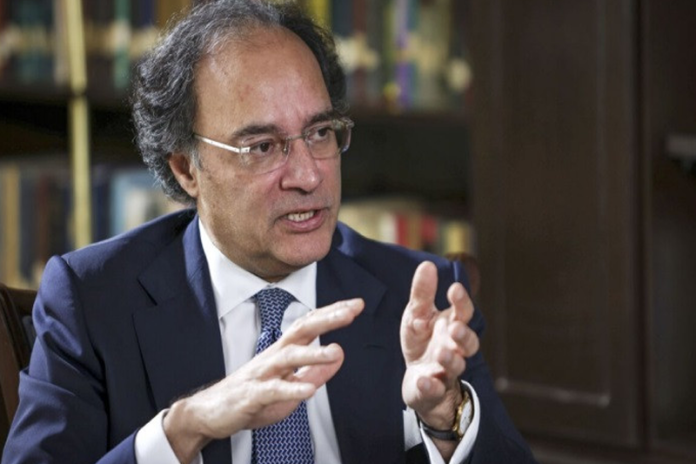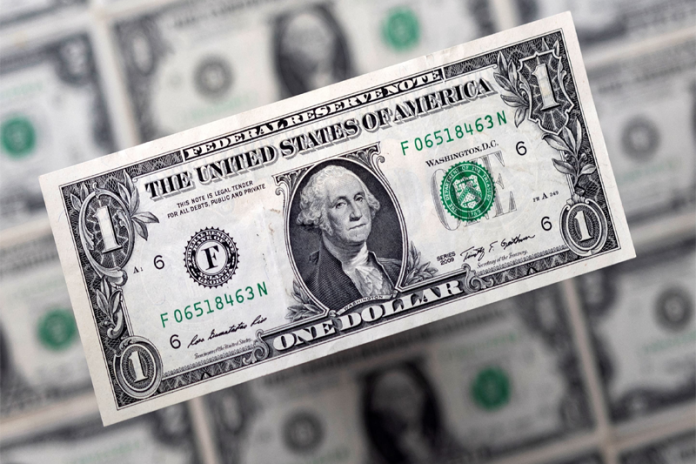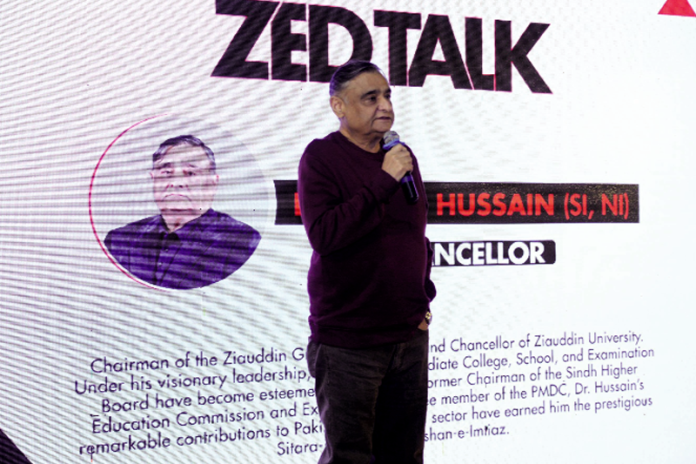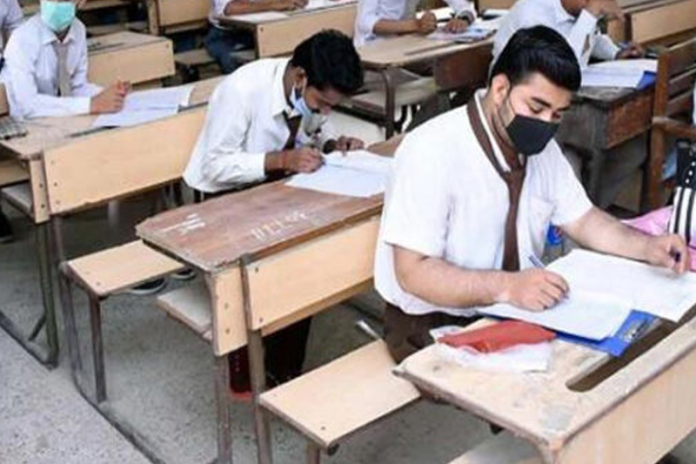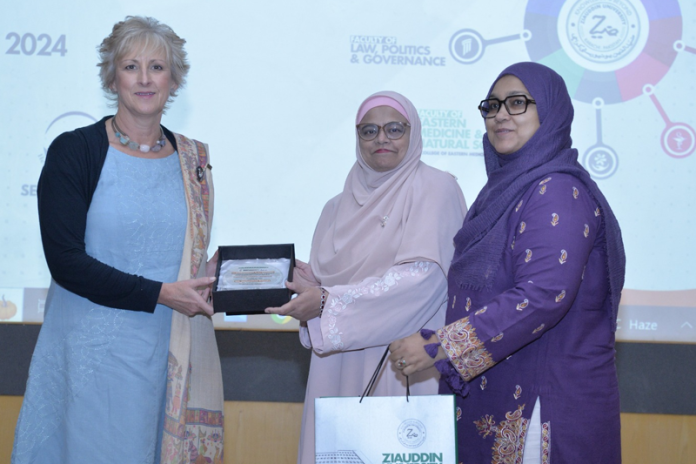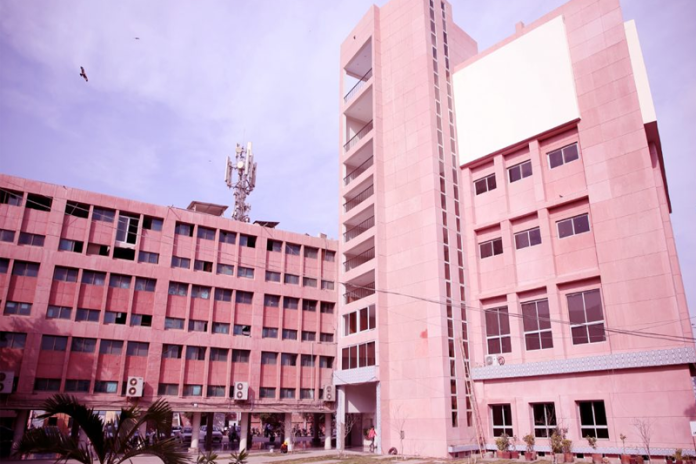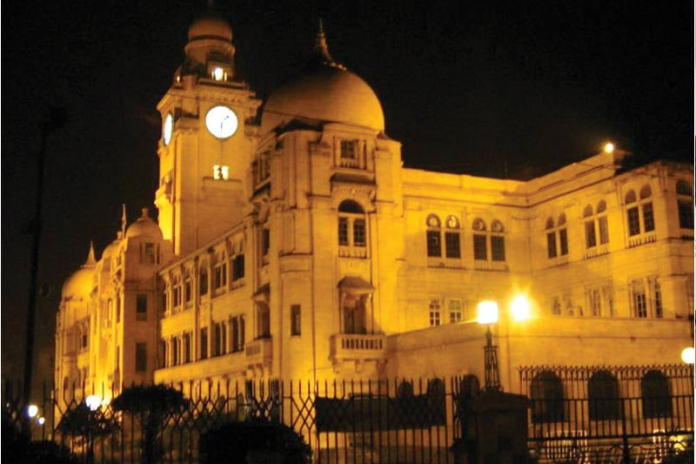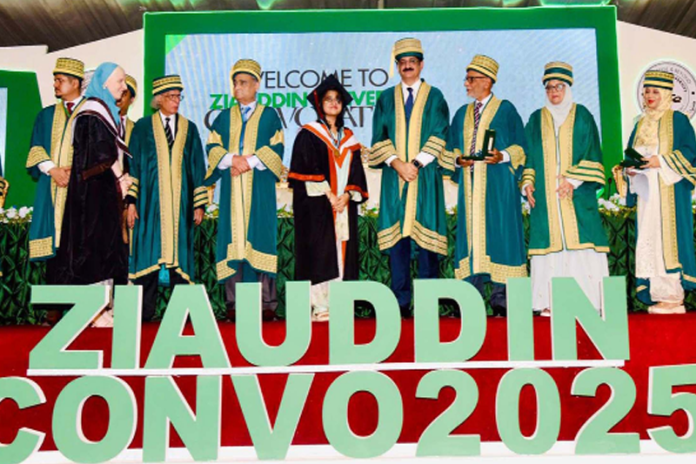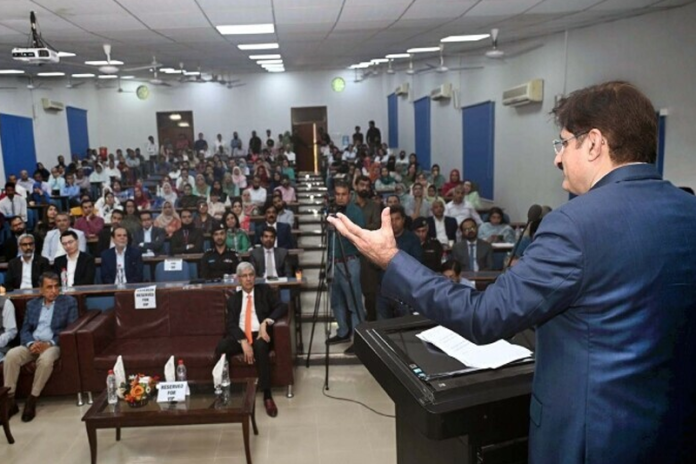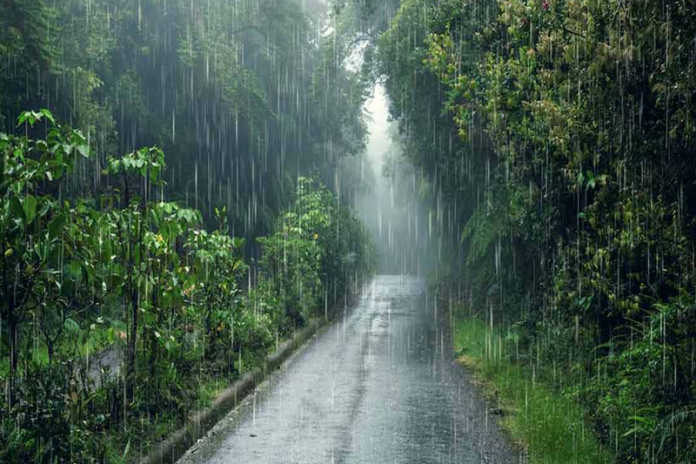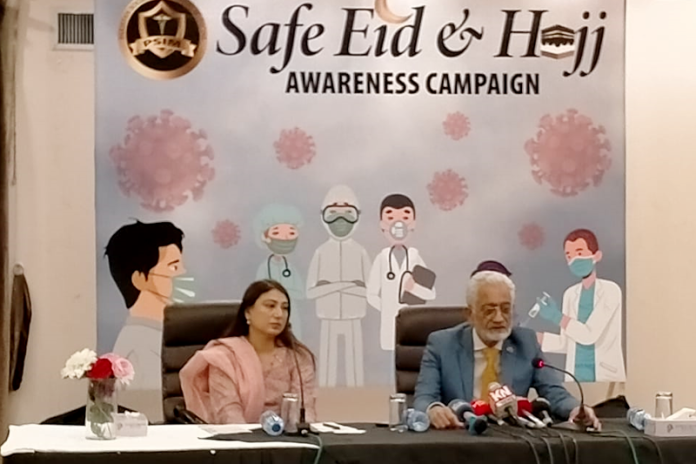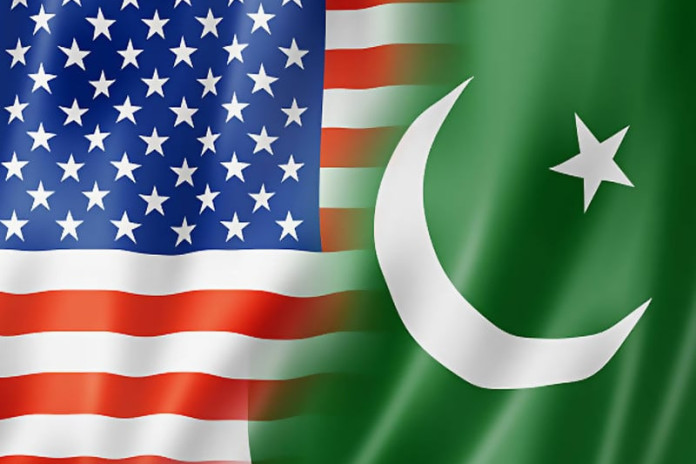Ancient Places in Pakistan
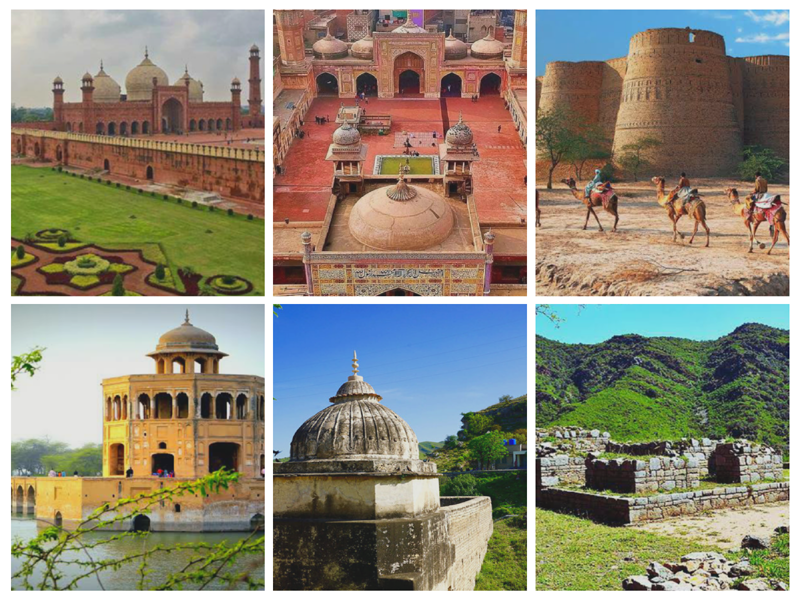
- 403
- 0
Pakistan has the most ancient historical places in the world. Its history traces back to the world's oldest civilizations, long before the Indus Valley's rise. Further, UNESCO declared many of the ancient monuments as World Heritage Sites. Besides, Pakistan has a wide variety of beautiful landscapes, mountains, and large cities. Pakistan's cultural history and diversity make it an inviting tourist destination. Every year Pakistan attracts visitors from all over the world. List of the top 10 ancient sites in Pakistan that must be on your travel plan.
Ancient Places in Pakistan
1: Taxila
Taxila is the most famous ancient place to visit in Pakistan. It is located near the capital city of Pakistan, Islamabad. The history of Taxila dates back to the Gandharan civilization and is also declared one of the UNESCO World Heritage Sites. It was the most significant learning hub then and was critical for the Hindus and Buddhists. Besides, many Buddhist monuments are present there. Also, it served as the entry point for Alexander the Great. Hence, it is a place worth seeing and should be on your itinerary.
2: Mohenjo Daro Ruins
Mohenjo Daro is another attractive historical place in Pakistan. It is part of the most ancient Indus Valley civilization. Mohenjo Daro ruins are located on the right bank of the River Indus, province of Sindh. R.D. Banerji, an officer of the Archaeological Survey of India, first discovered it in 1922, and significant excavations took place in 1965. Mohenjo Daro is the earliest and largest urbanized civilization globally, with a complex street and drainage system. UNESCO declared it a World Heritage Site in 1980. People from all over the world come to visit this site. However, in the few upcoming years, the ruins might be diminished entirely due to a lack of preservation.
3: Lahore Fort
Lahore Fort is a very prominent historical place in Lahore. It is a beautiful depiction of the Mughal Dynasty and the complex royal architecture. It is located in the northwest of Lahore city. Akbar made it partially during his reign, and the three succeeding emperors subsequently extended it. There is a museum in the fort consisting of three galleries. First is the Armoury Gallery, second is the Sikh Gallery, and third is the Mughal Gallery. The museum holds many historical artifacts that display the marvellous picture of the Mughal era.
4: Shalimar Gardens
The Shalimar Gardens was the Royal Mughar garden, and Mughal Emperor Shah Jahan built it in 1642 as a refuge for the royal family. It consists of beautiful walled gardens, three descending terraces, and about 450 fountains. Additionally, a pool in the middle of the terraces receives water from more than 400 fountains. UNESCO collectively designated Lahore Fort and Shalimar Gardens as the World Heritage site in 1981. Therefore, Shalimar Gardens is a beautiful place; you must not forget to visit it when visiting Lahore.
5: Rohtas Fort
Rohtas Fort is a great historical heritage in Pakistan. The fort lies approximately 16 km northwest of Jehlum and is beside Dina in Punjab province. Sher Shah Suri, the Suri Dynasty founder, built it in the 16th century to suppress the local Ghakar tribes of that region. UNESCO declared Rohtas Fort a World Heritage Site in 1997 due to its exceptional Muslim military architecture in Central and South Asia. Thus, it is a must-visit place to expand your sphere of knowledge.
6: Wazir Khan Mosque
The Wazir Khan Mosque, situated in Lahore, is the most heavily embellished mosque of the Mughal period. Its construction started during the reign of Shah Jahan in 1634 and was completed in 1641. The real credit for building the mosque goes to Sheikh Ilm-ud-Din Ansari, then governor of Lahore and the physician in Shaha Jahan's court. He was famous as Wazir Khan, a title given to him by the Emperor. Besides, the mosque contains the tomb of Sufi saint Sayed Muhammad Ishaq Gazruni, also known as Miran Badshah. Also, it is on the tentative list of UNESCO World Heritage Sites.
7: Ranikot Fort
Another historical heritage of Pakistan is Ranikot Fort. It occupies the area near Sann Jamshoro, Sindh, Pakistan, about 26km. It is also called the 'Great Wall of Sindh' and is considered the largest fort in the world. The reason for building this fort is unknown. Indeed it would not be out of place to call it a mysterious fortress. It is standing alone, guarding nothing. At first, it was believed that the fort was built during the Greeks regimes. However, recent investigations prove that the Talpur Dynasty rulers constructed it during their reign.
8: Takht-i-Bahi
Takht-i-Bahi, meaning 'throne of spring,' is another ancient site of a Buddhist monastery that dates back to the 1st century B.C. This location has the most exquisite and well-preserved relics of Gandharan Buddhism. It attracts many foreign and local tourists and fascinates them with its majestic structure. UNESCO listed Takht-i-Bahi as a World Heritage Site in 1980.
9: Hiran Minar
Hiran Minar, also "The Deer Tower," lies in Sheikhupura city, Punjab province. It is one of the best historical places in Pakistan. Mughal Emperor Jahangir built it in the 17th century in his pet deer memory named 'Mansraj. 'It is a 100 feet tall minaret and was a hunting reserve for the use of Mughal royals. Later, Jahangir's son Shah Jahan built a square water tank with an octagonal pavilion in its centre.
Moreover, a causeway with its gateway connects the pavilion with the mainland and a 100-foot-high minaret. A forest with a wild Babul tree (kikar tree) in abundance surrounds the Hiran Minar. Also, among those trees, Hiran Minar looks like a priceless gem drifting on an island of water surrounded by land. The ambience is marvellous and worth saving for future generations, simply because it will never be rebuilt.
Also, Hiran Minar is on the tentative list of UNESCO World Heritage Sites.
10: Shah Jahan Mosque
Shah Jahan Mosque, also called Jamia Masjid of Thatta, is the central mosque for Thatta, Sindh. It lies in eastern Thatta, the capital of Sindh, in the 16th and 17th centuries. Mughal Emperor Shah Jahan built it in the 17th century and bestowed it on the city. The Shah Jahan mosque displays extensive tilework and is famous for its Iranian-style geometric brickwork. The approximate distance of the site from Karachi is 100 kilometres. Additionally, the mosque has 93 domes and is the world's largest mosque, with many crowns. The construction of domes is so unique that if a person speaks inside one end, the speech exceeds 100 decibels, and you can hear him at the other end.
11: Makli, Thatta
Makli, Thatta is a vast Muslim cemetery and one of the largest in the world. It spreads over 10 kilometres and hosts around half a million tombs. Many saints, kings, queens, governors, philosophers, and scholars are buried here. Makli is one of the declared UNESCO World Heritage sites.
To summarize, all of the above sites are incredible remains of Pakistan's extensive and diverse past, and visiting them will broaden your perspective of historical places in Pakistan.
Published in The Daily National Courier, August, 18 2023
Like Business on Facebook, follow @DailyNCourier on Twitter to stay informed and join in the conversation.


